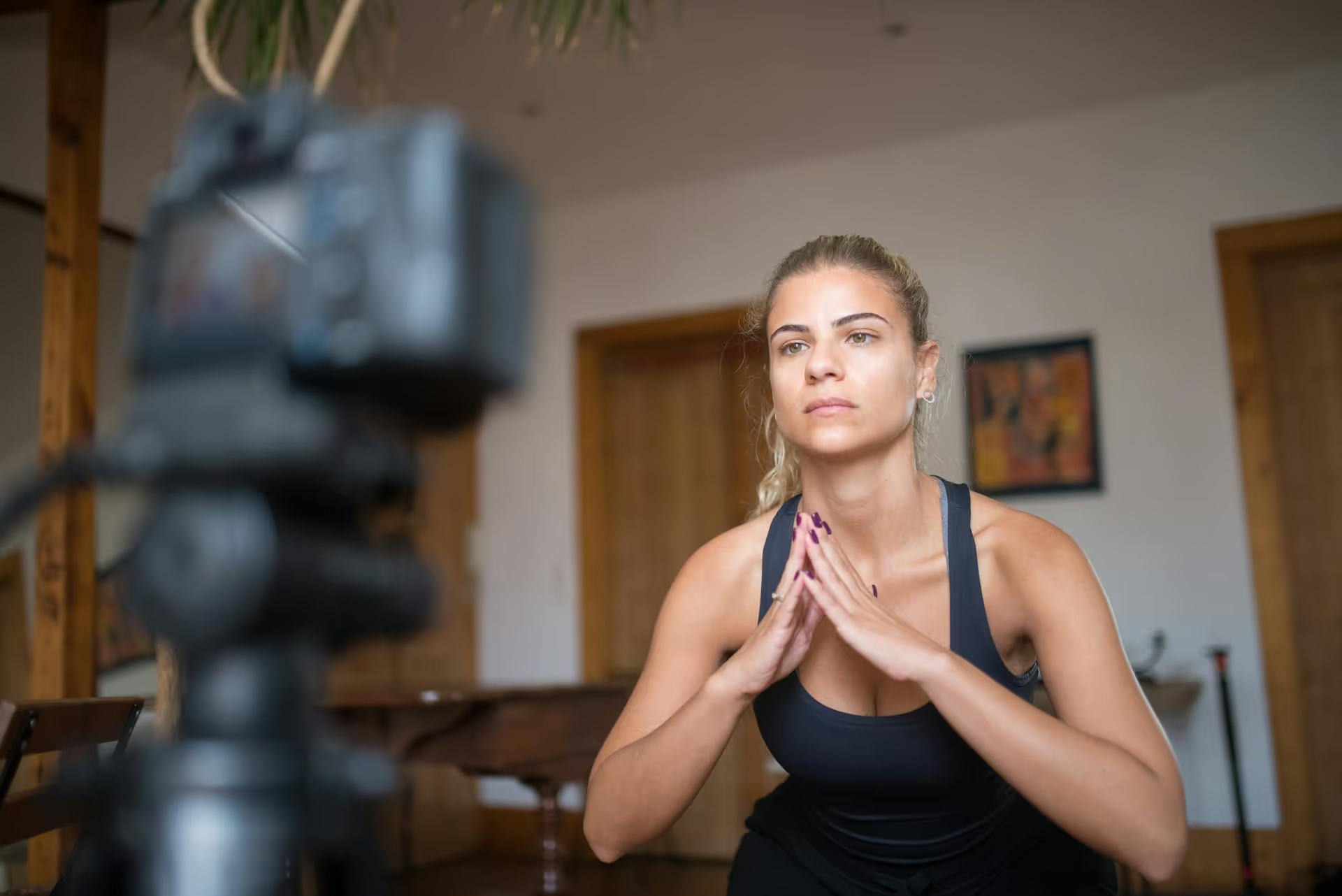How to Add Social Media Icons to an Email Signature
Enhance your email signature by adding social media icons. Discover step-by-step instructions to turn every email into a powerful marketing tool.

Analyzing your TikTok channel performance is the only way to truly understand what's connecting with your audience and what's falling flat. This guide is your step-by-step roadmap to using TikTok's built-in analytics, identifying the metrics that actually matter, and turning those valuable insights into a content strategy that drives real growth.
Before you can dig into the data, you need to unlock the toolbox. For TikTok, that means switching your profile to a Business Account (or Creator Account). Don't worry, it's completely free and takes less than a minute.
If you have a personal account, you won't have access to the detailed analytics dashboard. Making the switch is simple and gives you a wealth of information in return.
Once you've switched, the analytics feature will be enabled. It may take a day or two for data to start populating, so be patient. This small change is the gateway to understanding everything about your channel's performance.
With your business account set up, finding your analytics is easy. From your profile page, tap the hamburger menu again and navigate to Business Suite (or Creator Tools), then select Analytics. This takes you to your main dashboard, which is neatly organized into four key tabs:
Let's break down what each tab tells you and how to use that information to your advantage.
Think of the Overview tab as your channel's health report. It gives you a quick summary of your performance over the last 7, 28, or 60 days. It's the first place you should look to spot major trends, like a sudden spike in views or a dip in engagement.
This is where you shift from the big picture to the specifics. The Content tab helps you understand exactly which videos are resonating and why. It shows you the performance of content posted within the selected date range and highlights your trending videos.
The real magic happens when you tap on an individual video from this screen. This opens a detailed performance report for that specific piece of content, and the metrics here are gold.
If a video performs well, dissect these numbers. Was the average watch time over 50% of the video's total length? Was the percentage of viewers from the FYP unusually high? These are the clues that tell you you've found a winning formula.
Great content is made for a specific audience. The Followers tab helps you understand exactly who that audience is, so you can stop guessing and start creating content you know they'll love.
Metrics are useless without action. The final step is to build a simple, repeatable process for using this data to inform your content strategy. Set aside time once a week or once a month to run through this simple analysis.
Go to your Content tab and set the date range to the last 28 days. Identify your top 3-5 videos based on a combination of high views, a strong average watch time, and a good number of shares.
Don't just look at the numbers, analyze the content itself. For each winning video, ask yourself:
For example, you might notice your top video was "3 Mistakes to Avoid When Repotting a Plant." It had a huge average watch time, tons of shares, and drew in 500 new followers. The key insight? Your audience loves short, educational, and problem-solving content in a list format.
Now do the opposite. Find a few videos that flopped. Look for a low average watch time or very few views. Did people drop off immediately? Was the concept too niche, too salesy, or unclear? Understanding what doesn't work is just as important as knowing what does.
Based on your analysis, form a simple content hypothesis. Take what you learned about your winning content and create a plan to replicate that success.
Building on the plant example, your hypothesis could be: "My audience responds well to educational listicles that solve a common pain point. My next video will follow this formula." You could then test this by creating a video titled "3 Signs Your Plant Needs More Sunlight." This iterative process of analyzing, hypothesizing, and testing is the engine of sustainable TikTok growth.
Continuously analyzing your TikTok performance transforms content creation from a guessing game into a repeatable strategy. It's not about fixating on vanity numbers, but about understanding the patterns in your wins so you can create more content that genuinely connects with your viewers and builds a loyal community.
Running this analysis across multiple social platforms can quickly become overwhelming. At Postbase, we built our analytics dashboard to give you a clean, unified view of your performance across TikTok, Instagram, YouTube, and all your other channels in one place. This makes it easier to spot cross-platform trends, generate reports without hassle, and get back to what you do best: creating amazing content.
Enhance your email signature by adding social media icons. Discover step-by-step instructions to turn every email into a powerful marketing tool.
Learn how to add your Etsy link to Pinterest and drive traffic to your shop. Discover strategies to create converting pins and turn browsers into customers.
Grant access to your Facebook Business Manager securely. Follow our step-by-step guide to add users and assign permissions without sharing your password.
Record clear audio for Instagram Reels with this guide. Learn actionable steps to create professional-sounding audio, using just your phone or upgraded gear.
Add translations to Instagram posts and connect globally. Learn manual techniques and discover Instagram's automatic translation features in this guide.
Optimize your Facebook Business Page for growth and sales with strategic tweaks. Learn to engage your community, create captivating content, and refine strategies.
Wrestling with social media? It doesn’t have to be this hard. Plan your content, schedule posts, respond to comments, and analyze performance — all in one simple, easy-to-use tool.